I’ve been challenging myself lately. I want to grade the clips from a very old camera, Canon 7D, and turn them into feature film-worthy clips for today’s generation.
Before we start, here’s the situation. Canon 7D has a really poor dynamic range. Even though it was used in feature films before, the image quality isn’t comparable to the simple travel films filmed with today’s high dynamic range cameras.
Like Crazy, a feature film in 2011, was filmed in Canon 7D. Here’s the trailer:
[embedded content][embedded content]
Every shot was planned in that film and lit properly with a decent budget of $250,000 however today’s wedding films have way better image quality than that. Not that these wedding films are better than that but I’m talking about the sharpness, dynamic range, and overall image quality.
The colorist, Aaron Peak, did a great job grading the film even though I believe he was limited by the image quality of the camera.
With the same camera but a budget lens, Sigma 30mm f1.4, I challenged myself to create feature film-like videos.
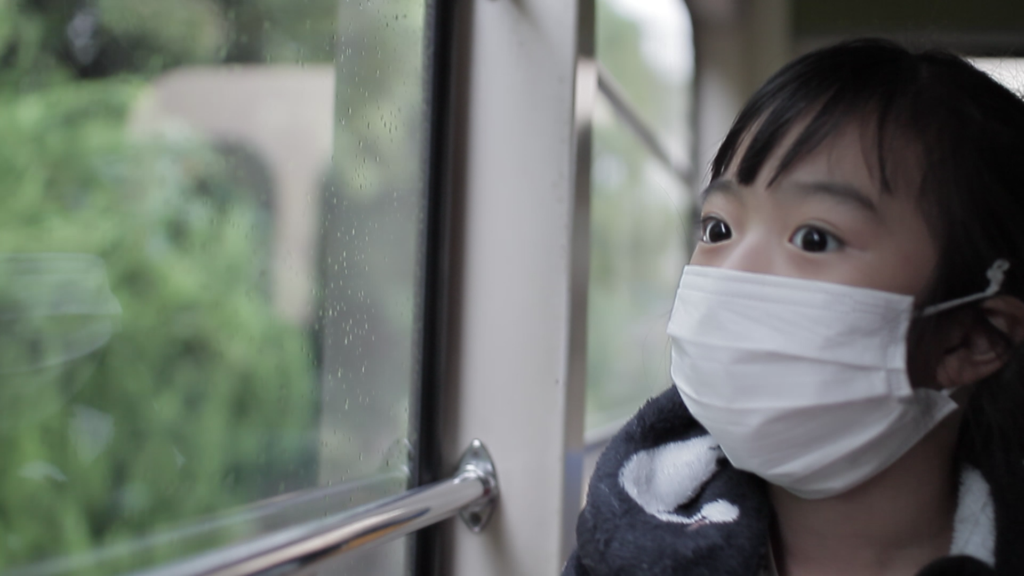
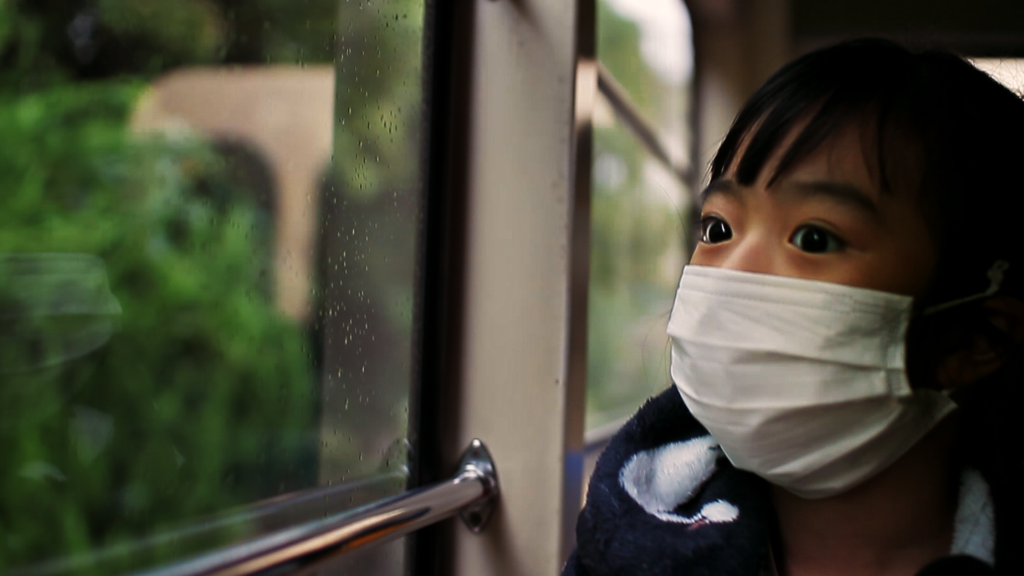
Here is a before and after screengrabs from a travel video I filmed. This is actually my daughter and I’ve tried my best to make it look like a feature film.
With how soft the raw clip is and how much it breaks when I try to qualify some parts, I’ve only come up with this.
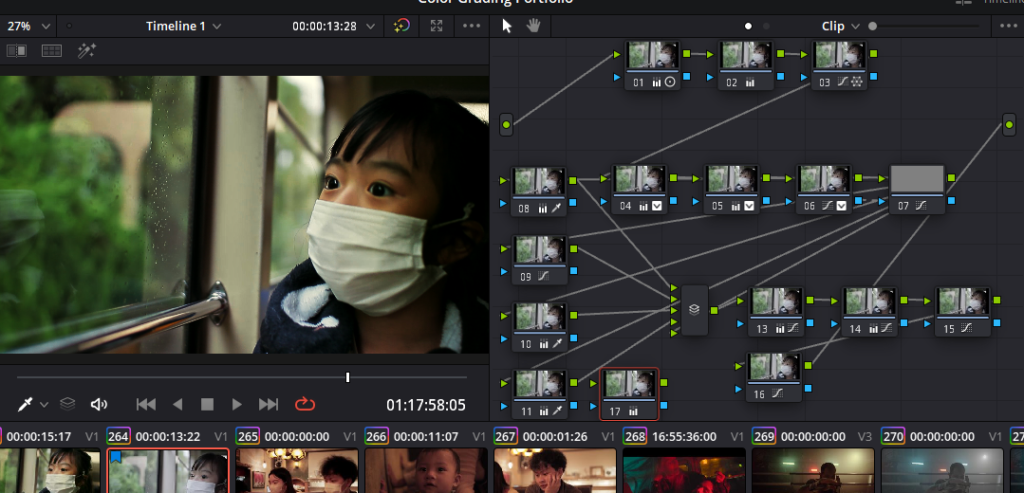
It also took me a lot of steps to accomplish that look. I had to do several power windows and track them to create depth. Qualifying colors from the Canon 7D is almost impossible. I had to do qualifying plus power window so that I’ll be able to select the area I want.
The sharpness and dynamic range are really the biggest problems. You can’t play that much with your grade unlike the films filmed with the latest camera today.
I’m used to filming and grading 10-bit footage from Lumix and Sony. These 2 have really great Dynamic Range, especially the Sony, where I can really make the images look whatever I wish them to look.
Another time when I used the Canon 7D was in a Concert here in Japan where I had to use a Canon 6D Mark II as my main. Canon 7D was my B-cam.
Here’s a sample screengrab:
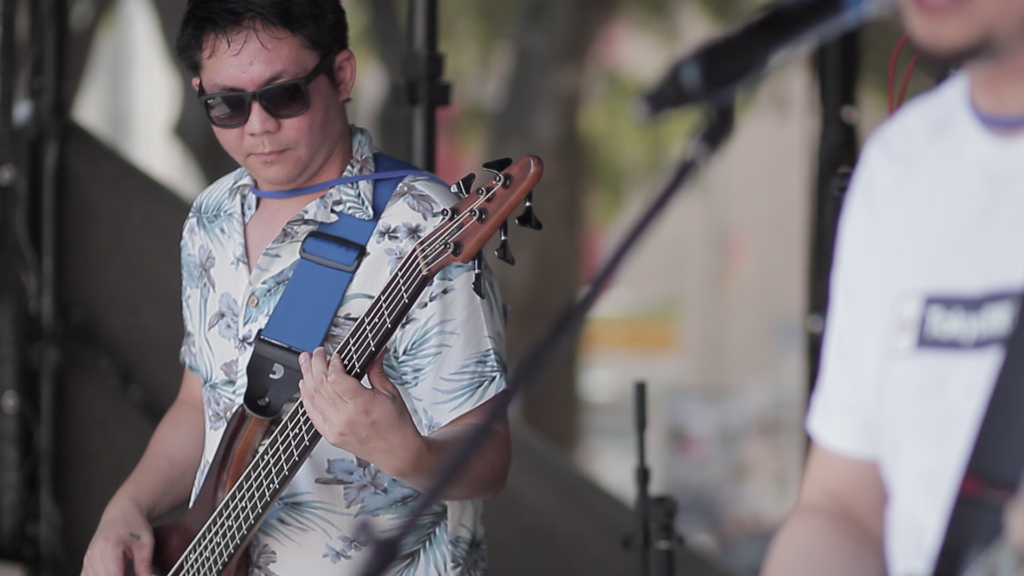
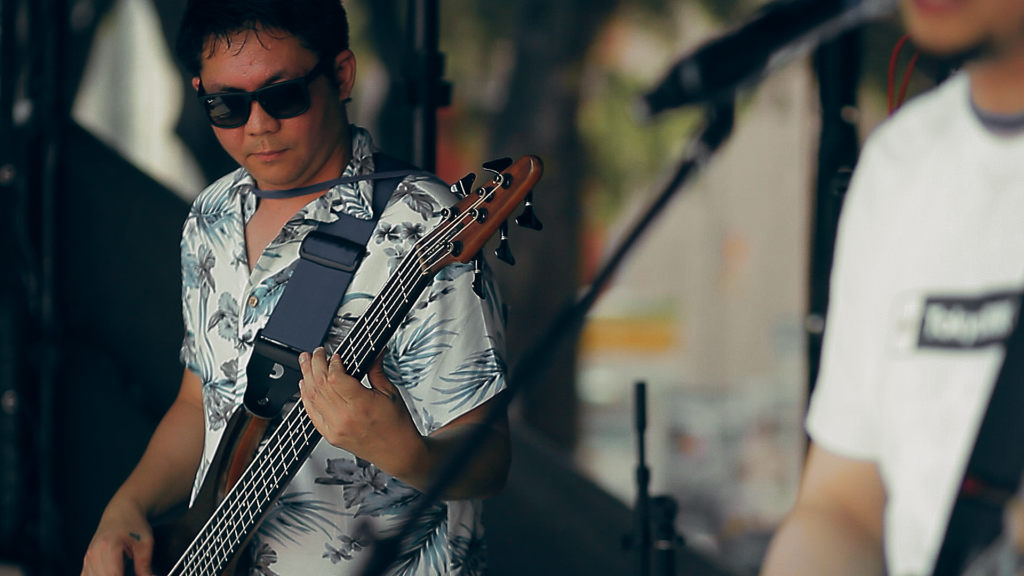
Same with the first example, the raw clip was so soft even though I’ve used a very sharp lens – Canon 85mm F1.4. That lens was sharp on the Canon 6D Mark II but soft on the Canon 7D.
However, because of the focal length, the separation of the subject from the background is great giving me an easier job than in the first example.
When color grading these soft images, the best way to create depth is through color contrast. I’ve added a bit of cyan on the shadows and made the skin warmer. I also made the background darker than the subject through masking.
Again, be careful in qualifying the skin tones from Canon 7D footage or other cameras with very low dynamic range.
I tried it indoors in a restaurant with warm light and it gave me sharper and more manageable images.
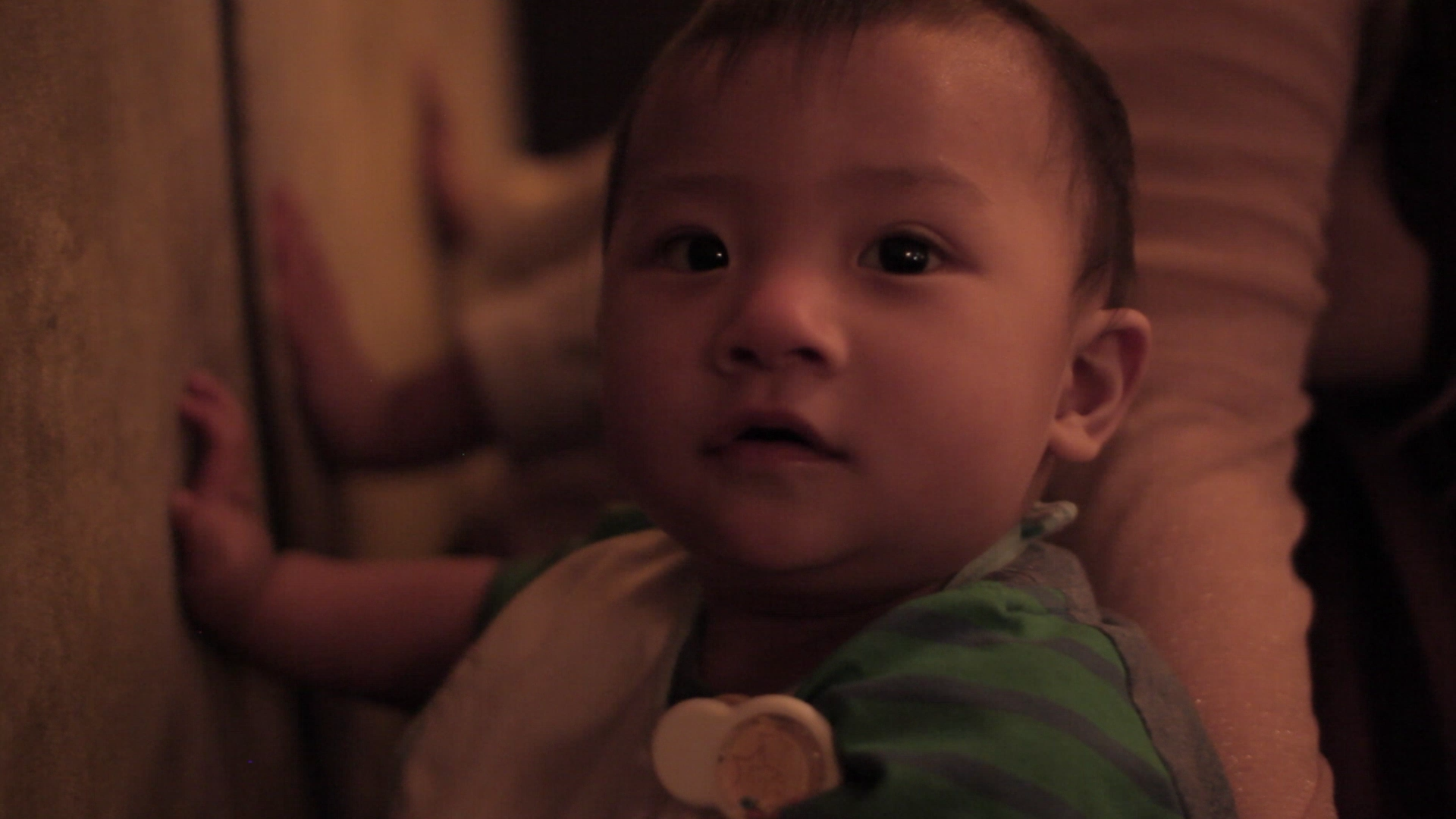
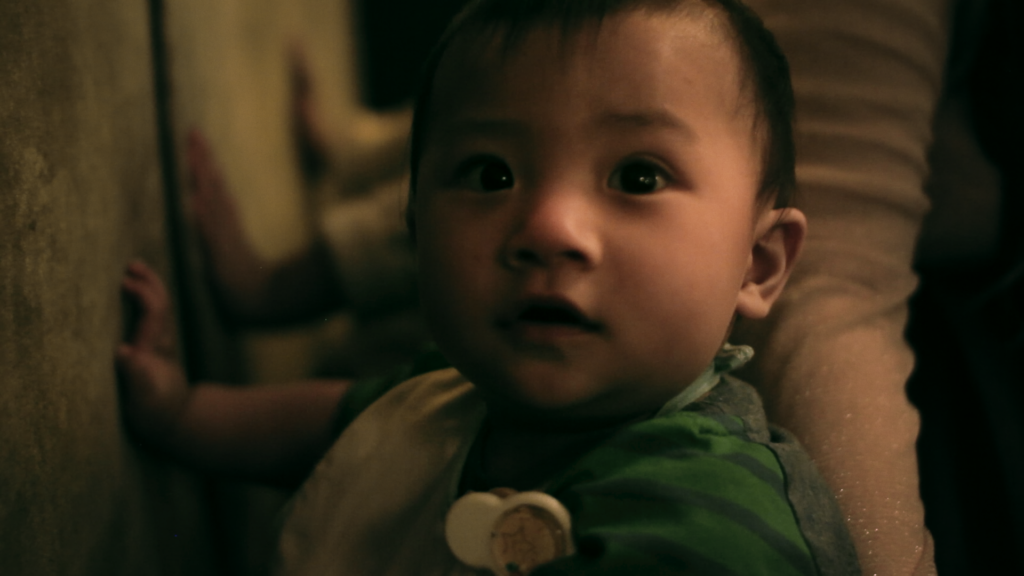
With proper lighting and smaller tweaks, the Canon 7D’s image was pretty impressive. I think this camera can still work great and can still be used to create feature films with really planned lighting, props, and background.
We cannot expect the image from Canon 7D to achieve a professional production quality if the overall look will be created in post-production.
We can, however, create depth by shaping the light in the production process. Add more depth by using background and props that have colors that will make our subject pop out more. Use a longer focal length, if possible, and be approved by the cinematographer. Then, add more depth in color grading.
That process will ensure that you have a very high production quality for your feature film even just using a 13-year-old camera, the Canon 7D.